Home>Garden Essentials>How Deep To Plant Petunia Seeds
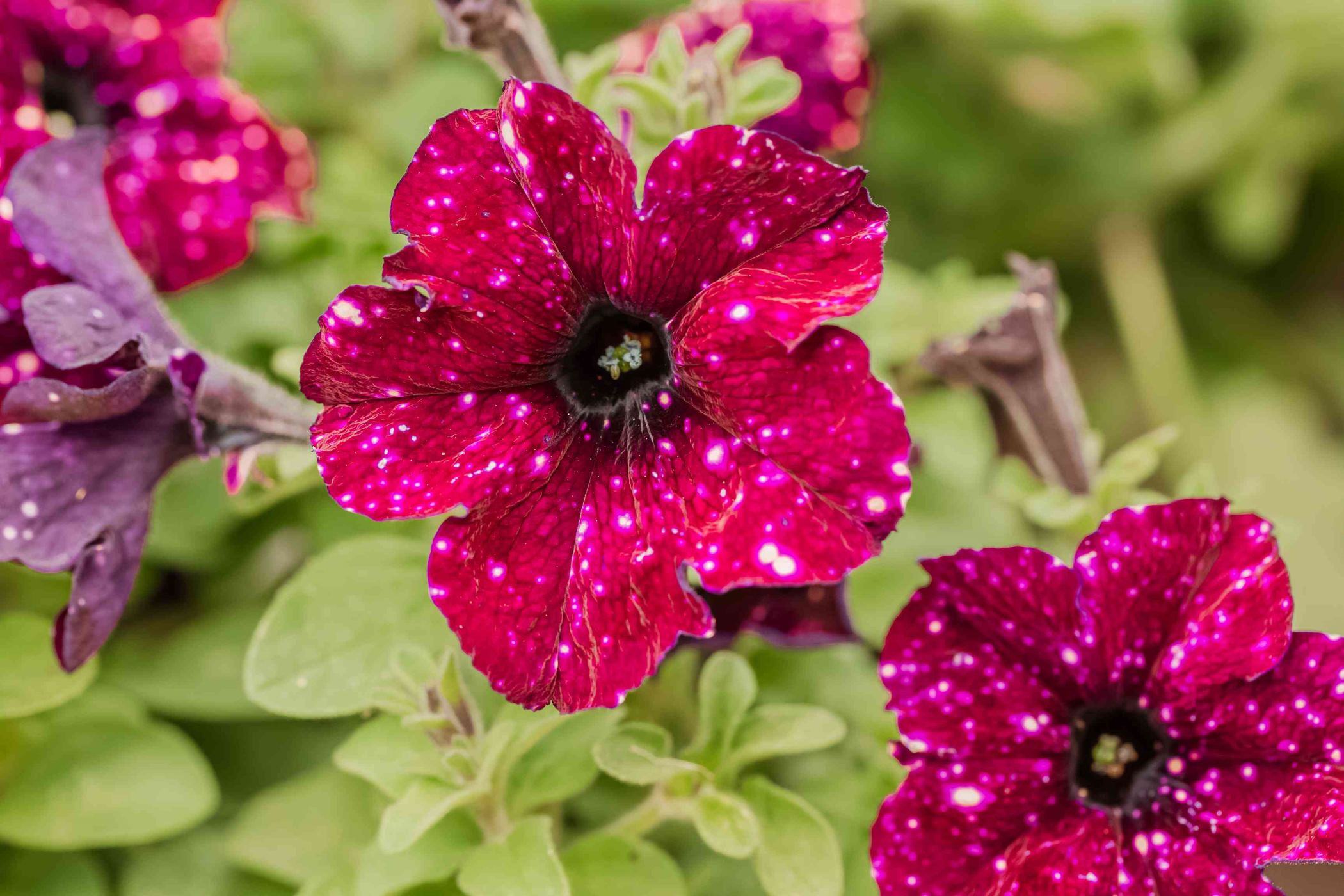

Garden Essentials
How Deep To Plant Petunia Seeds
Modified: October 20, 2024
Discover the perfect depth to plant petunia seeds in your garden. Get expert tips and advice to ensure successful germination and vibrant blooms.
(Many of the links in this article redirect to a specific reviewed product. Your purchase of these products through affiliate links helps to generate commission for Storables.com, at no extra cost. Learn more)
Introduction
Welcome to the world of gardening! If you have a green thumb or simply enjoy nurturing plants, you’ve likely come across the beautiful and vibrant petunias. These popular flowers are a staple in many gardens, with their bold colors and delightful fragrance. One of the most common ways to grow petunias is from seeds, but the question arises: how deep should you plant petunia seeds?
Understanding the proper planting depth for petunia seeds is crucial for their successful germination and growth. Planting them too shallow or too deep can lead to poor sprouting or weak plants. In this article, we’ll dive into the factors that determine the planting depth for petunia seeds and provide you with a step-by-step guide to ensure your petunias flourish.
Before we delve into the details of planting depth, let’s first familiarize ourselves with petunia seeds.
Key Takeaways:
- Plant petunia seeds at a depth of 1/8 to 1/4 inch for optimal growth. Consider seed size, soil conditions, temperature, light, and seed viability when determining planting depth.
- Follow step-by-step instructions for planting petunia seeds to ensure successful germination and growth. Avoid common mistakes and use quality seeds for vibrant blooms.
Read more: How Deep To Plant Coneflower Seeds
Understanding Petunia Seeds
Petunia seeds are small and compact, often resembling tiny black or brown specks. Despite their small size, these seeds hold within them the potential to grow into beautiful and vibrant petunia plants. Each seed is encased in a protective outer coating that safeguards its viability until the right conditions for germination are present.
These seeds come in a variety of colors, shapes, and sizes, depending on the specific petunia variety. Some seeds may be pelleted, which means they are coated with an inert material to increase their size and make them easier to handle. Pelleted seeds are commonly used by gardeners as they are less prone to clumping and provide a consistent planting experience.
Petunia seeds, like most flower seeds, have a finite shelf life. It is essential to store them properly to maintain their viability. Keeping them in a cool, dry place in a sealed container or envelope will help prevent deterioration and ensure that they remain viable for future planting.
Now that we have an understanding of petunia seeds, let’s explore the factors that determine the appropriate planting depth.
Factors That Determine Planting Depth
The optimal planting depth for petunia seeds depends on various factors. Understanding these factors will help you determine the appropriate depth for successful germination and growth. Here are some key factors to consider:
- Seed Size: Petunia seeds come in different sizes, ranging from small to large. Larger seeds typically require deeper planting, while smaller seeds may be planted more shallowly. It is important to follow the specific instructions provided by the seed packet or supplier.
- Soil Conditions: The composition and moisture level of the soil can impact seed germination. If the soil tends to dry out quickly, planting the seeds slightly deeper can protect them from drying out too soon. In contrast, if the soil retains moisture well, planting the seeds closer to the surface may be more suitable.
- Temperature: Petunias thrive in warm temperatures. The planting depth can influence the soil temperature experienced by the seeds. Planting the seeds deeper can help protect them from extreme fluctuations in temperature.
- Light Requirements: Petunia seeds require different levels of light for germination. Some varieties may require light to germinate, and in these cases, the seeds should be planted close to the surface to receive adequate light exposure. Other varieties may require darkness or partial darkness for germination, and deeper planting is recommended.
- Seed Viability: The viability of the seeds, or how likely they are to sprout and grow, can also impact the planting depth. Fresh, high-quality seeds typically have higher viability rates and may require different planting depths compared to older or lower-quality seeds.
By taking these factors into account, you can determine the ideal planting depth for your petunia seeds. Next, let’s explore the recommended planting depth for petunia seeds to ensure optimal growth.
Recommended Planting Depth for Petunia Seeds
The recommended planting depth for petunia seeds can vary slightly depending on the specific variety and the growing conditions. However, as a general guideline, it is best to plant petunia seeds at a depth of about 1/8 to 1/4 inch (3-6 mm) deep. This depth allows for adequate soil contact without burying the seeds too deeply.
Planting the seeds too shallowly may result in poor germination, as the seeds may dry out quickly or not receive enough warmth to sprout. On the other hand, planting them too deeply can hinder germination by limiting necessary light penetration or subjecting the seeds to a cooler temperature.
When planting petunia seeds in containers, such as seed trays or pots, fill the container with a lightweight, well-draining potting mix. Press the soil gently to create a firm surface, ensuring good seed-to-soil contact. Scatter the seeds evenly across the surface and lightly cover them with a thin layer of soil, approximately 1/8 to 1/4 inch (3-6 mm) deep.
If you’re planting petunia seeds directly in the garden, prepare the soil beforehand by removing any weeds or debris and incorporating organic matter to improve its fertility and drainage. Sow the seeds thinly and evenly over the prepared soil, and then gently press them into the soil using your hand or a garden tool. Finally, cover the seeds with a light layer of soil, following the recommended depth of 1/8 to 1/4 inch (3-6 mm).
Remember to water the newly planted seeds gently to ensure they are moist but not waterlogged. Using a fine mist or a watering can with a fine rose attachment will prevent disturbing the seeds and soil. Maintain consistent moisture throughout the germination process, as dry conditions can hinder successful sprouting.
Now that you know the recommended planting depth for petunia seeds, let’s walk through the step-by-step process of planting petunia seeds to ensure success.
Plant petunia seeds 1/8 inch deep in a well-draining soil mix. Press the seeds lightly into the soil and keep them moist until they germinate.
Planting Petunia Seeds: Step-by-Step Guide
Planting petunia seeds is a rewarding process that can lead to beautiful blooms in your garden. Follow these step-by-step instructions to ensure successful germination and growth:
- Choose the right time: Petunia seeds are typically sown indoors 8-10 weeks before the last expected frost date. This provides sufficient time for the seeds to germinate and develop into healthy seedlings.
- Select the proper containers: Use clean, sterile seed trays, pots, or cell trays to sow your petunia seeds. Ensure that the containers have drainage holes to prevent waterlogged soil.
- Prepare the soil: Fill the containers with a quality seed starting mix or a well-draining potting mix. Moisten the soil slightly, making sure it is evenly moist but not too wet.
- Plant the seeds: Scatter the petunia seeds evenly over the soil surface. Be mindful not to overcrowd the seeds, as this can lead to competition for resources. Lightly press the seeds into the soil, ensuring good seed-to-soil contact.
- Cover the seeds: Sprinkle a thin layer of soil over the seeds, approximately 1/8 to 1/4 inch (3-6 mm) deep. This depth allows for proper light exposure and moisture retention.
- Provide light and warmth: Petunia seeds require light to germinate. Place the containers in a bright location, preferably near a south-facing window or under grow lights. It is essential to maintain a warm temperature of around 70-75°F (21-24°C) for optimal germination.
- Water gently: Use a fine mist or a watering can with a fine rose attachment to water the newly planted seeds. Avoid overwatering, as this can lead to rotting. Keep the soil consistently moist, but not soggy, throughout the germination and seedling stages.
- Provide ventilation: Proper air circulation is crucial for healthy seedlings. If using a cover or plastic dome to create a greenhouse-like environment, ensure that it is removed once the seeds have sprouted to prevent excessive moisture buildup.
- Transplant seedlings: Once the seedlings have developed their second set of true leaves, which are leaves distinct from the initial seed leaves, they are ready to be transplanted into individual pots or the garden. Harden off the seedlings by gradually exposing them to outdoor conditions before planting them in their final location.
- Care for your petunias: Provide your petunias with adequate sunlight, water, and fertilizer according to their specific needs. Regularly remove any weeds or spent flowers to promote continuous blooming.
Following these steps will give your petunia seeds the best chance of germinating and growing into healthy plants. Take joy in watching them flourish and brighten up your garden!
Read more: How Deep To Plant Cauliflower Seeds
Common Mistakes to Avoid
When planting petunia seeds, it’s essential to be aware of common mistakes that can hinder their growth. By avoiding these pitfalls, you can increase your chances of successful germination and thriving plants. Here are some common mistakes to steer clear of:
- Planting seeds too deep: Planting petunia seeds too deep in the soil can prevent them from receiving sufficient light and warmth for germination. Follow the recommended planting depth of 1/8 to 1/4 inch (3-6 mm).
- Overwatering or underwatering: Both extremes can be detrimental to seed germination and seedling development. Ensure the soil is consistently moist but not waterlogged. Avoid letting the soil dry out completely between waterings.
- Using poor quality or compacted soil: Petunias thrive in well-draining soil. Avoid using soil that is heavy, compacted, or lacking in organic matter. This can hinder root growth and lead to poor overall plant health.
- Not providing adequate light: Petunia seeds require light to germinate. Ensure they are placed in a bright location or provide supplemental grow lights if growing indoors. Insufficient light can lead to weak and leggy seedlings.
- Overcrowding seeds: Planting too many seeds close together can result in competition for resources such as water, nutrients, and light. Properly spacing the seeds will allow each plant to have room to grow and thrive.
- Skipping the hardening off process: If you plan to transplant your petunia seedlings outdoors, it is crucial to gradually expose them to outdoor conditions before planting them in their final location. Sudden exposure to harsh weather can shock and damage the tender seedlings.
- Ignoring proper fertilization: Petunias are heavy feeders and benefit from regular fertilization. However, be cautious not to over-fertilize, as this can lead to excessive foliage growth at the expense of flower production.
- Not providing support for trailing or tall varieties: Some petunia varieties, such as trailing or tall varieties, may require support to prevent them from drooping or toppling over. Be prepared to provide stakes, trellises, or other forms of support to ensure their upright growth.
Avoiding these common mistakes will set you on the path to successful petunia cultivation. With proper care and attention, your petunias will thrive and reward you with a stunning display of flowers.
Tips for Successfully Growing Petunias from Seed
Growing petunias from seed can be a rewarding and cost-effective way to fill your garden with beautiful blooms. To ensure a successful growing experience, consider the following tips:
- Select quality seeds: Choose fresh, high-quality petunia seeds from reputable sources. Look for varieties that are well-suited to your climate and preferences.
- Follow proper germination techniques: Read and follow the instructions on the seed packet or supplier’s guidelines for optimal germination. This may include pre-soaking the seeds or providing a period of cold stratification, if necessary.
- Use a quality seed starting mix: Use a lightweight and well-draining seed starting mix to provide a favorable environment for seed germination. Avoid using heavy soils or garden soil, which can hinder seedling development.
- Provide adequate light: Place your petunia seedlings in a location where they will receive at least 6-8 hours of direct sunlight each day or provide supplemental grow lights if growing indoors. Sufficient light is essential for strong and healthy seedling growth.
- Water correctly: Keep the soil consistently moist but not waterlogged. Avoid overhead watering that can cause diseases and fungal issues. Instead, water at the base of the plants to prevent wet foliage.
- Thin out seedlings: If you’ve planted multiple seeds in the same container or area, thin out the weaker seedlings to ensure better air circulation, more nutrients, and space for the remaining seedlings to grow.
- Harden off seedlings: Gradually acclimate your petunia seedlings to outdoor conditions before transplanting them into the garden. Expose them to outdoor temperatures and sunlight for increasing durations over a week or two.
- Plant in a well-draining location: Select a location with well-draining soil to prevent waterlogging and root rot. Amend the soil with organic matter to improve drainage if necessary.
- Provide support for trailing varieties: If you’re growing trailing petunia varieties, such as Wave petunias, provide adequate support, such as trellises or hanging baskets, to allow them to trail or cascade properly.
- Monitor for pests and diseases: Regularly inspect your petunias for common pests like aphids, slugs, and whiteflies. Take prompt action at the first signs of infestation or disease to prevent damage to your plants.
- Deadhead spent flowers: Remove faded or wilted flowers regularly to encourage continuous blooming and prevent the plants from diverting energy into seed production.
- Fertilize regularly: Feed your petunias with a balanced fertilizer according to the recommended guidelines. This will ensure they receive the necessary nutrients for healthy growth and abundant flowering.
- Enjoy the process: Growing petunias from seed is a rewarding experience! Take the time to observe and appreciate the journey from tiny seeds to vibrant blooms, and don’t forget to enjoy the beauty they bring to your garden or containers.
By following these tips, you’ll increase your chances of successfully growing petunias from seed and have a garden filled with these stunning flowers in no time. Happy gardening!
Conclusion
Growing petunias from seed is a joyful and fulfilling experience that allows you to witness the transformation of tiny seeds into vibrant, blooming plants. By understanding the factors that determine the planting depth and following the recommended guidelines, you can ensure successful germination and healthy growth.
Remember to consider the size of the seeds, soil conditions, temperature, light requirements, and the viability of the seeds when determining the planting depth. Maintaining the recommended depth of 1/8 to 1/4 inch (3-6 mm) will provide the seeds with the ideal conditions they need to sprout and thrive.
By following our step-by-step guide, you’ll be well-equipped to plant your petunia seeds with confidence. Remember to provide adequate light, maintain proper watering techniques, and transplant the seedlings carefully when they are ready.
Avoid common mistakes, such as planting seeds too deeply, overwatering or underwatering, using poor quality soil, and neglecting to provide adequate support for trailing varieties. Instead, heed our tips for successful petunia cultivation, including selecting quality seeds, providing sufficient light and ventilation, and maintaining a regular feeding schedule with balanced fertilizers.
With proper care and attention, your petunias will reward you with their vibrant colors, alluring fragrance, and continuous blooms throughout the growing season. Whether you plant them in garden beds, containers, or hanging baskets, petunias will undoubtedly elevate the beauty of any outdoor space.
So, roll up your sleeves, gather your petunia seeds, and embark on the journey of growing these magnificent flowers. Remember to enjoy the process, learn from your experiences, and don’t hesitate to experiment with different varieties and growing techniques.
Happy gardening, and may your petunias thrive and bring you joy!
Frequently Asked Questions about How Deep To Plant Petunia Seeds
Was this page helpful?
At Storables.com, we guarantee accurate and reliable information. Our content, validated by Expert Board Contributors, is crafted following stringent Editorial Policies. We're committed to providing you with well-researched, expert-backed insights for all your informational needs.
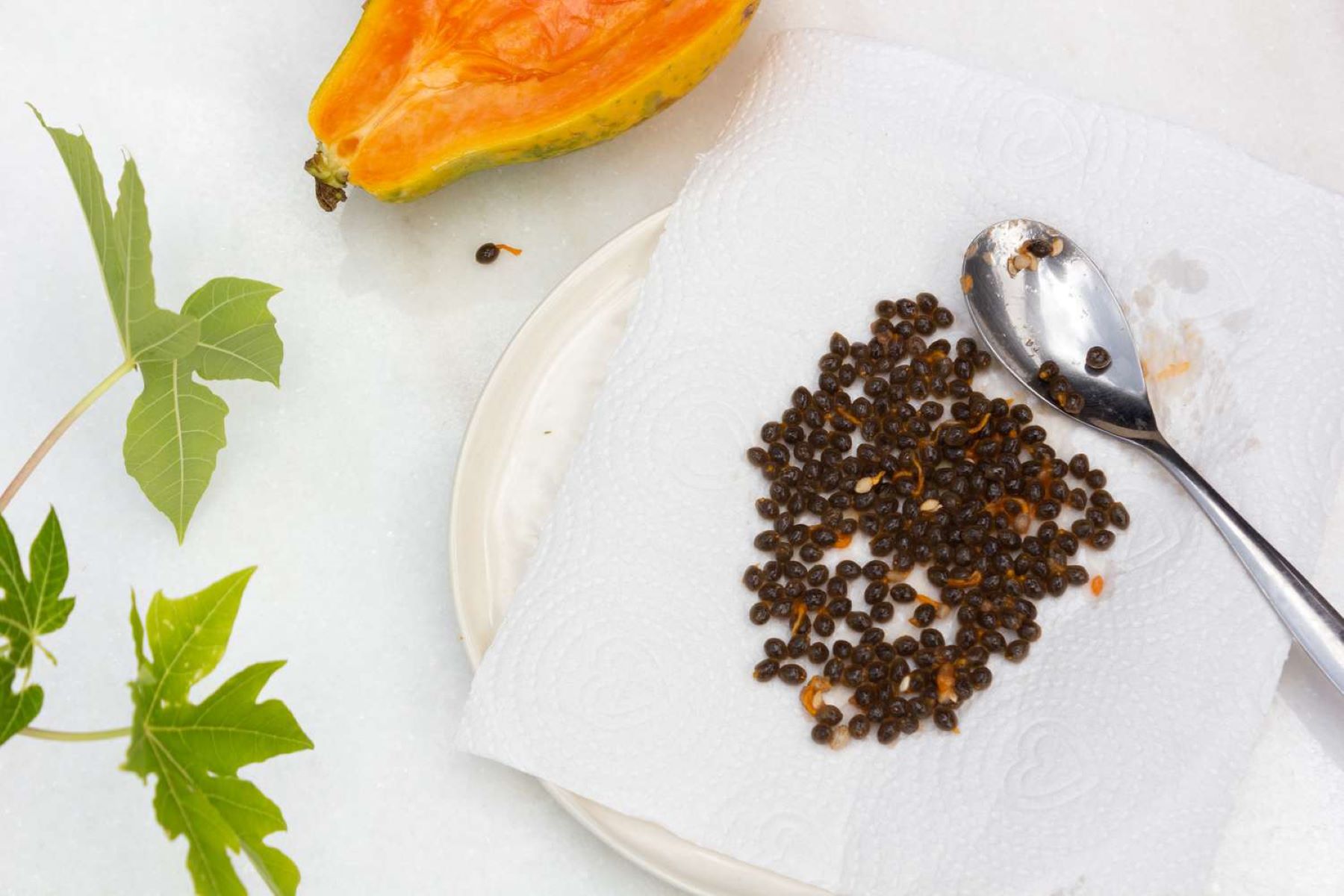
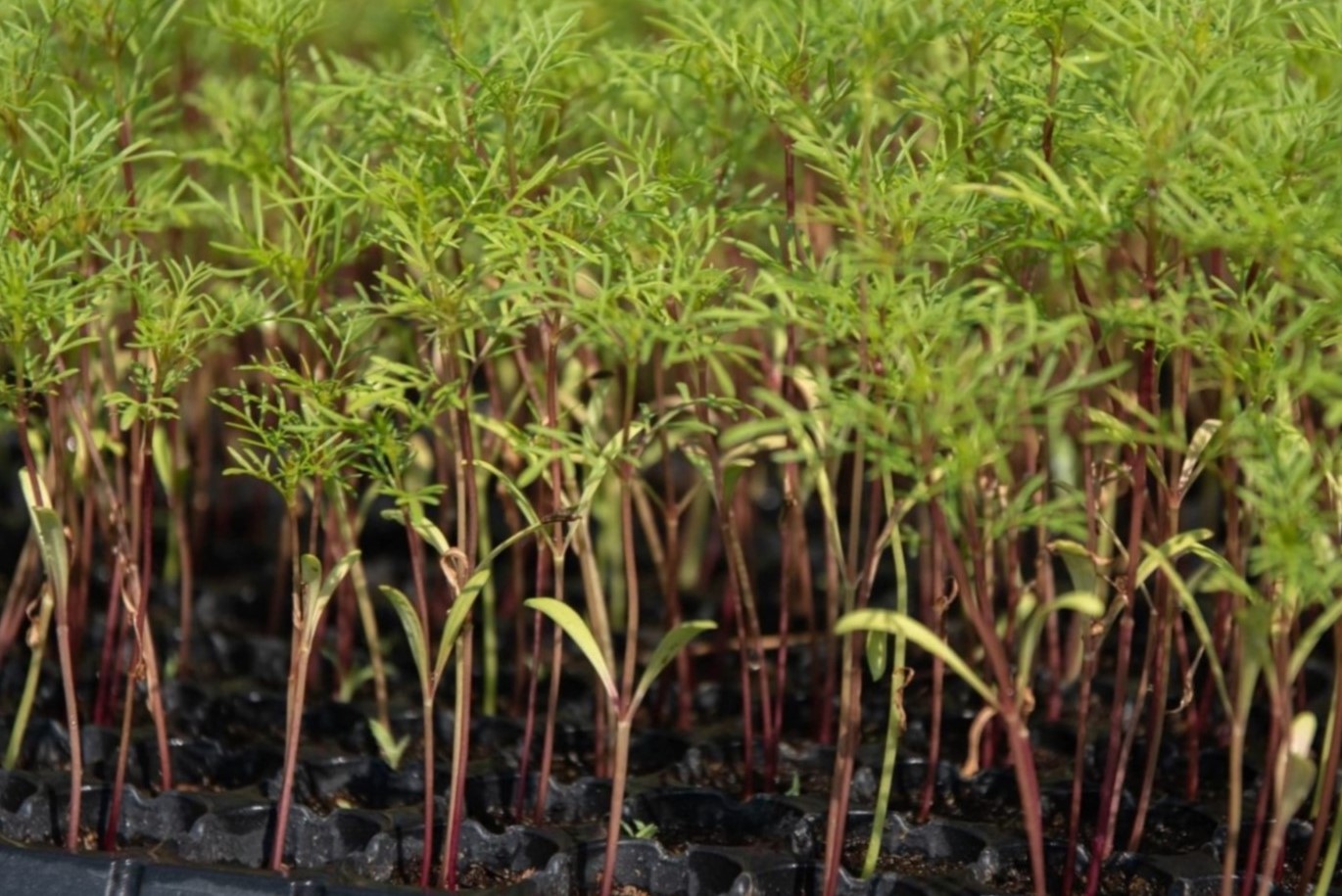
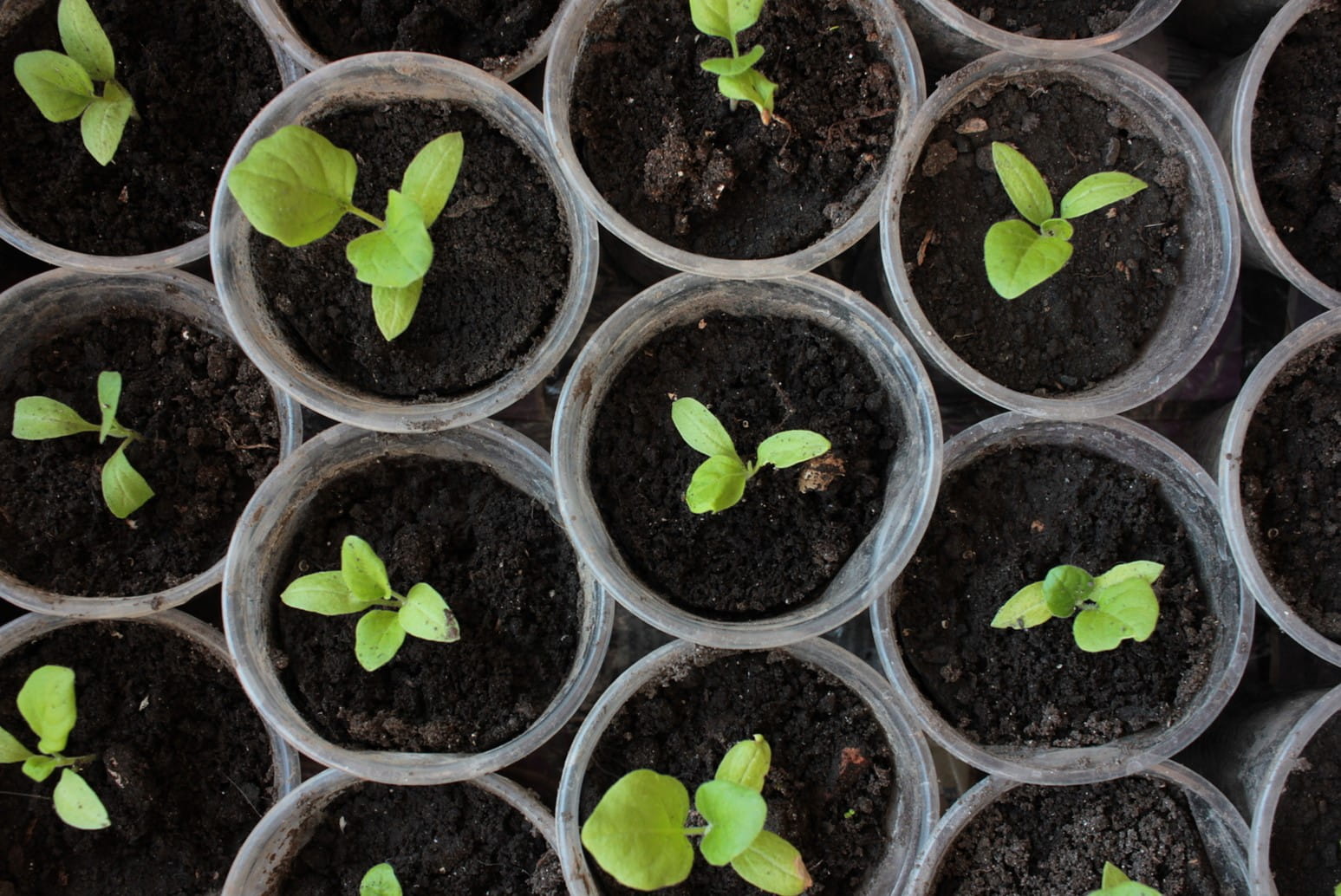
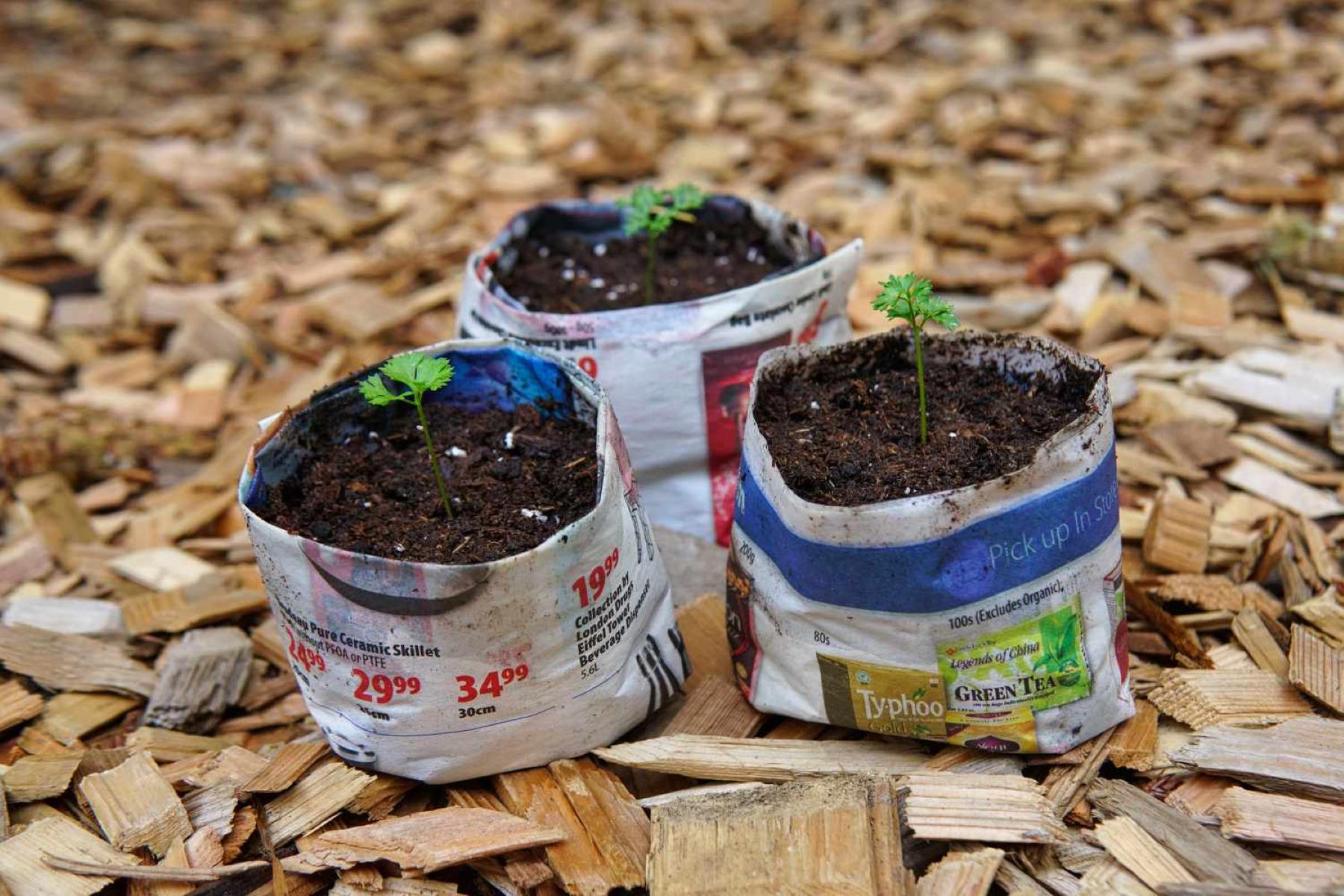
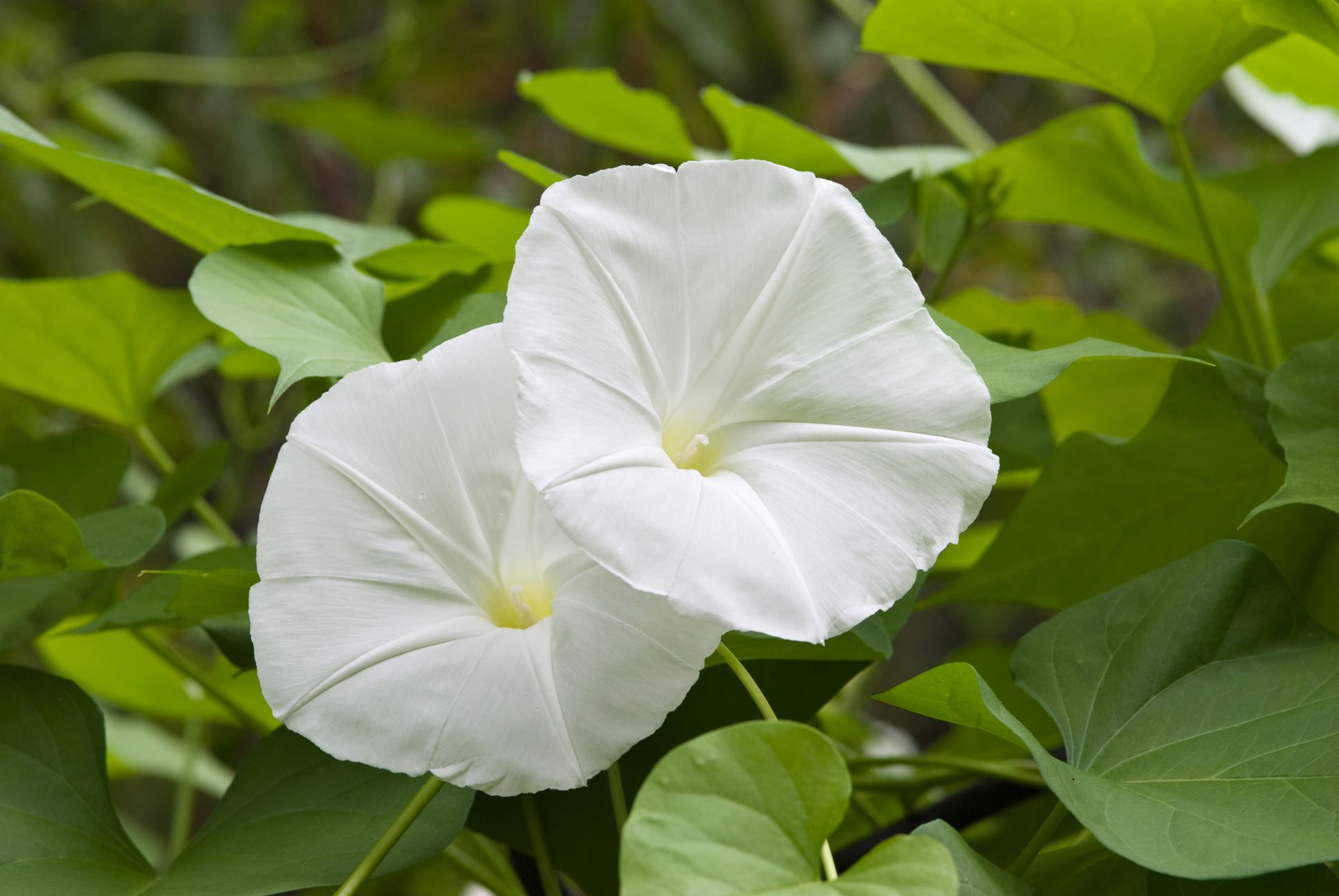
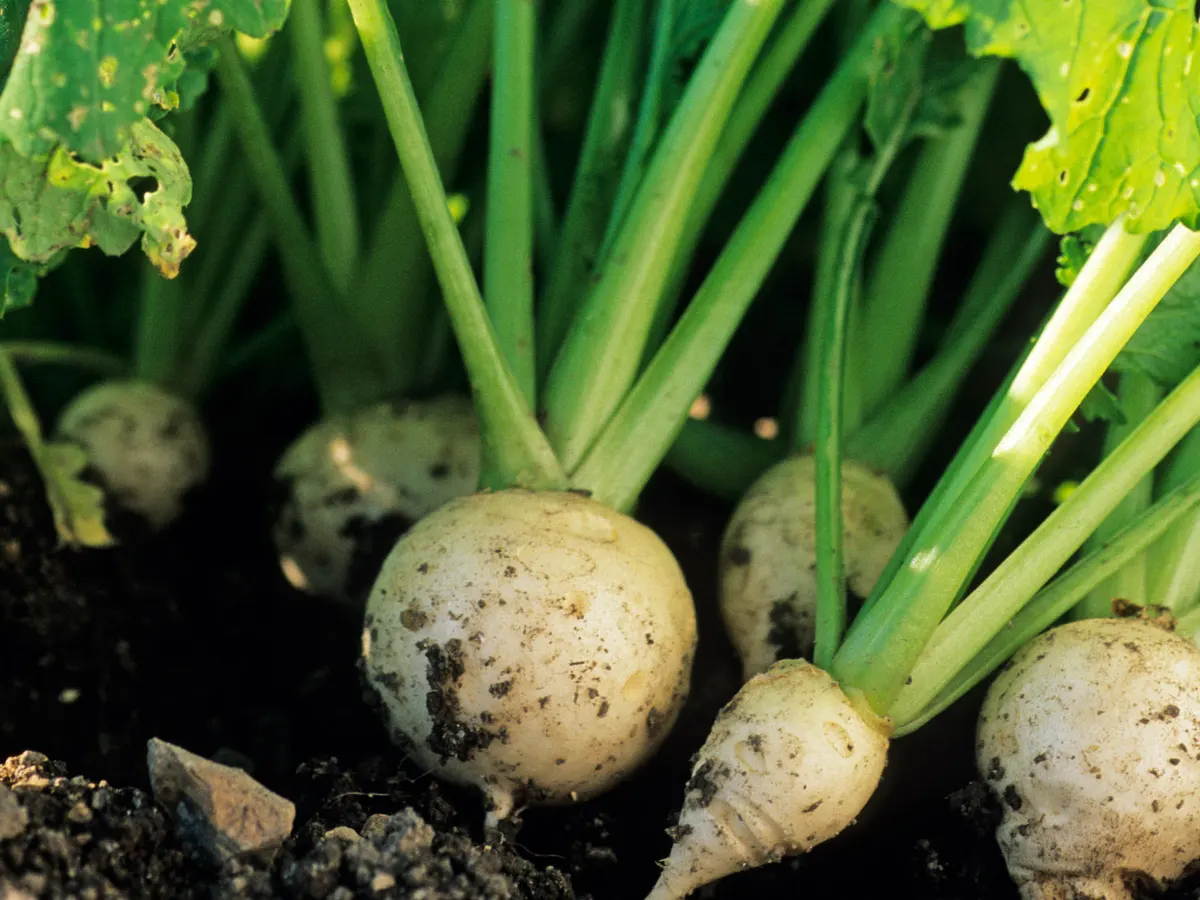
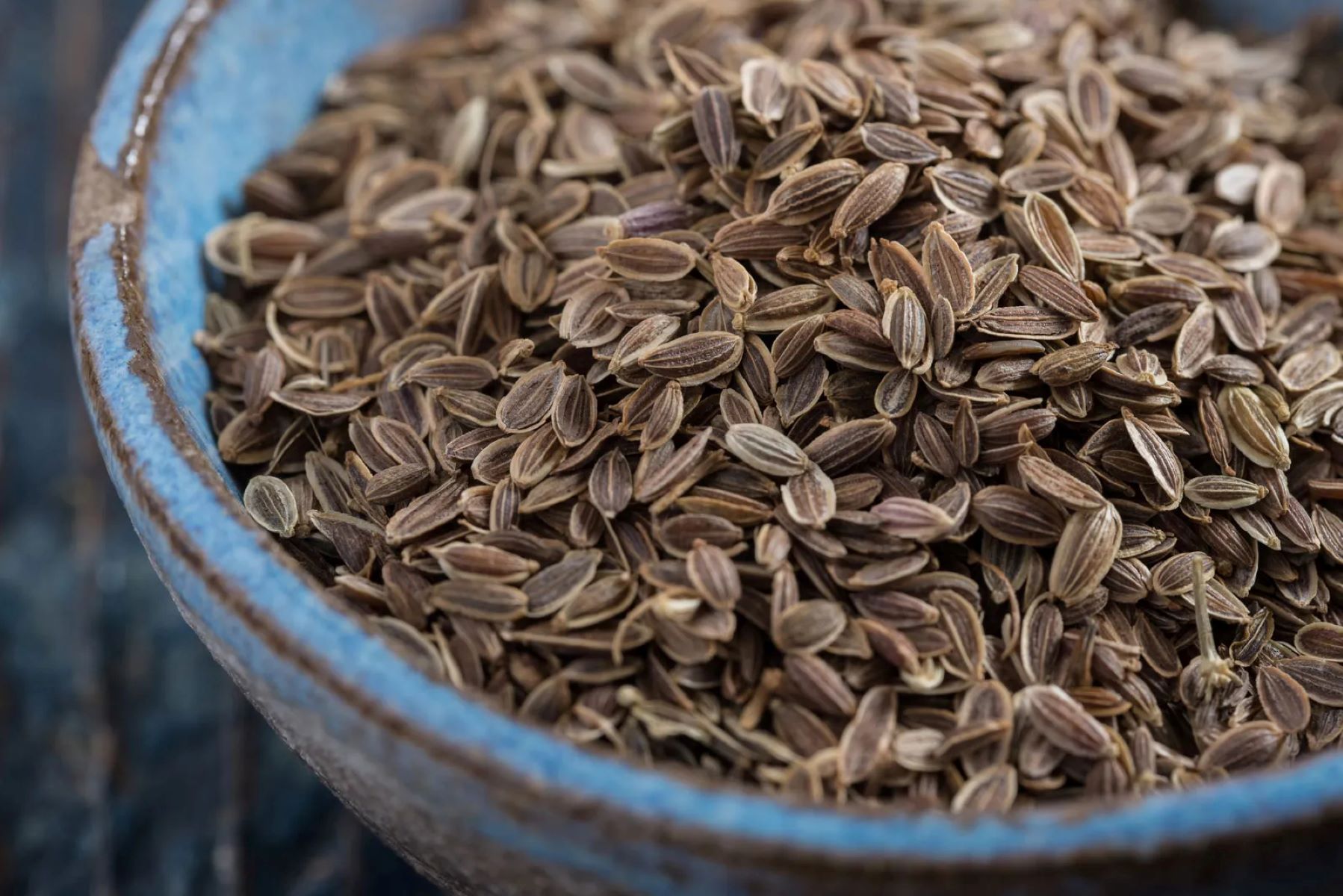
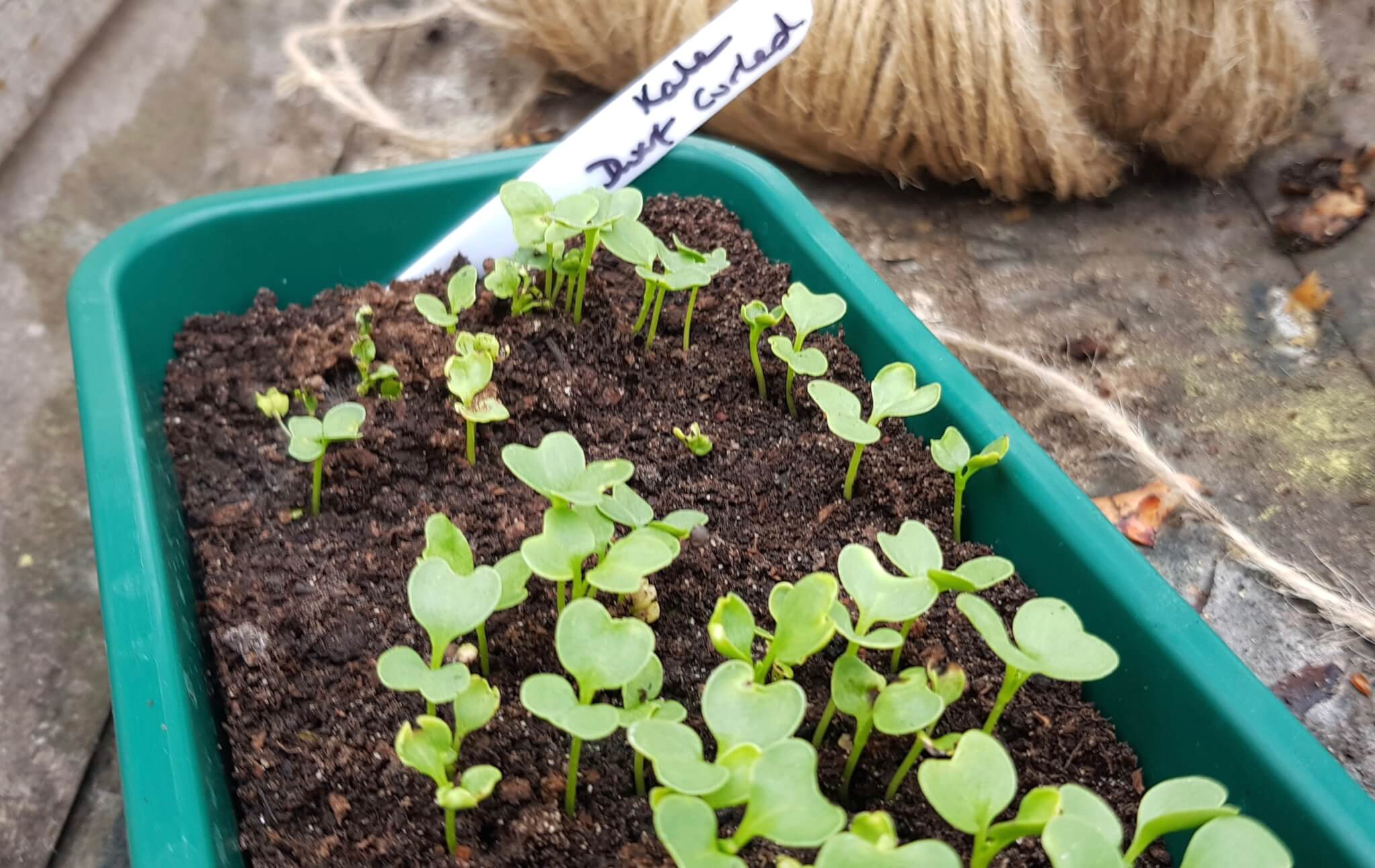
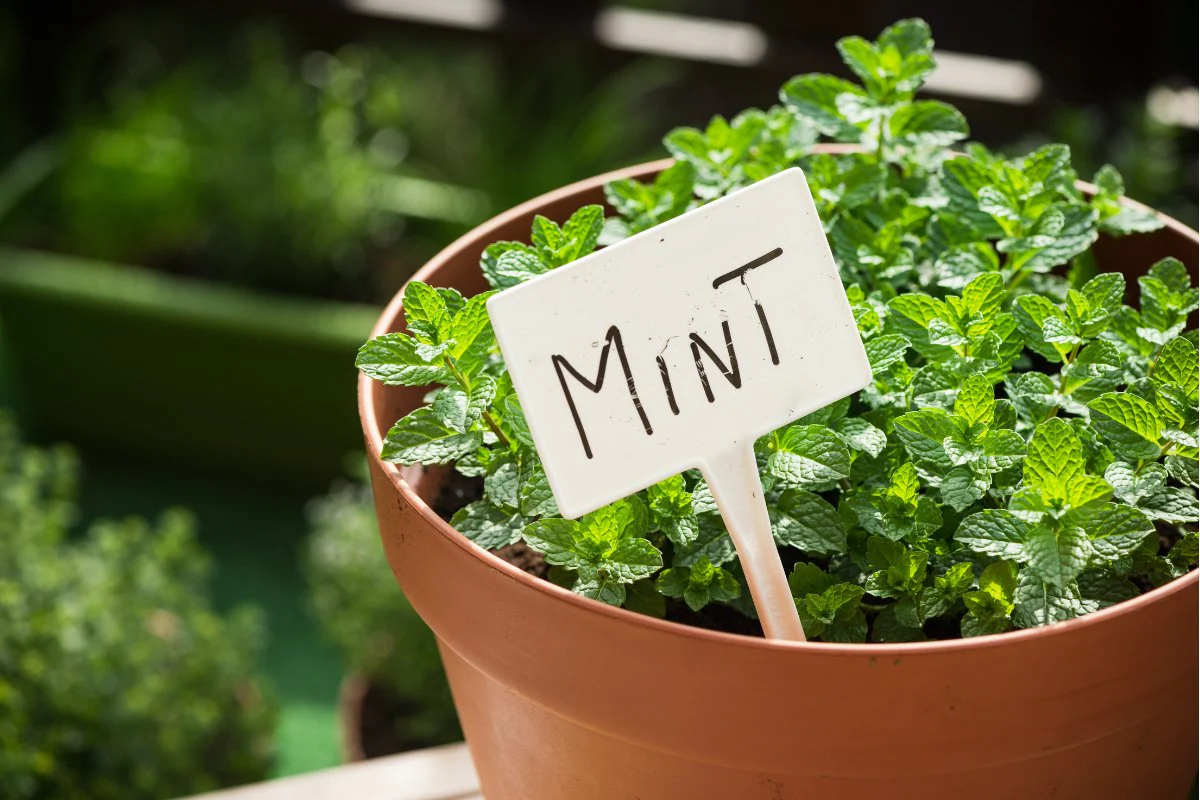
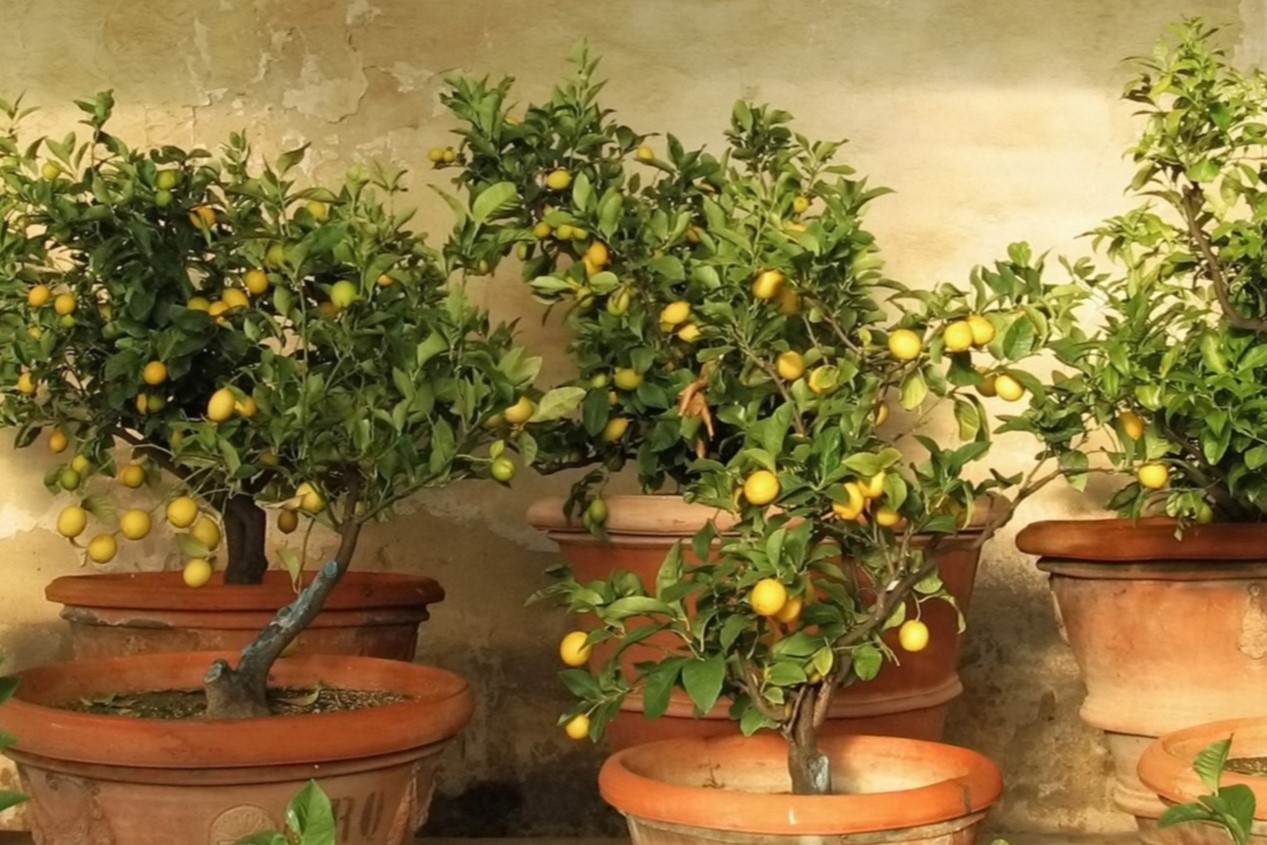
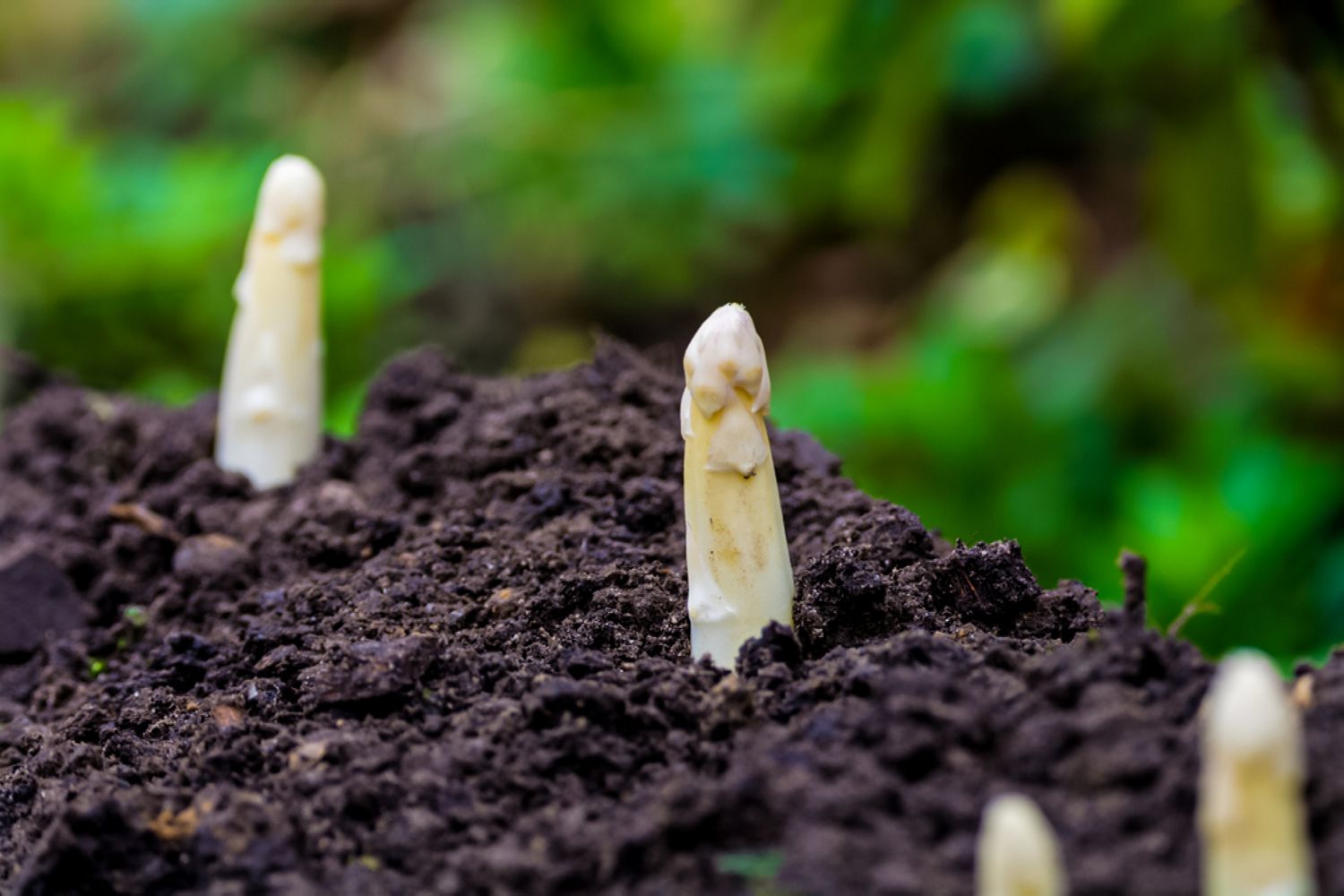
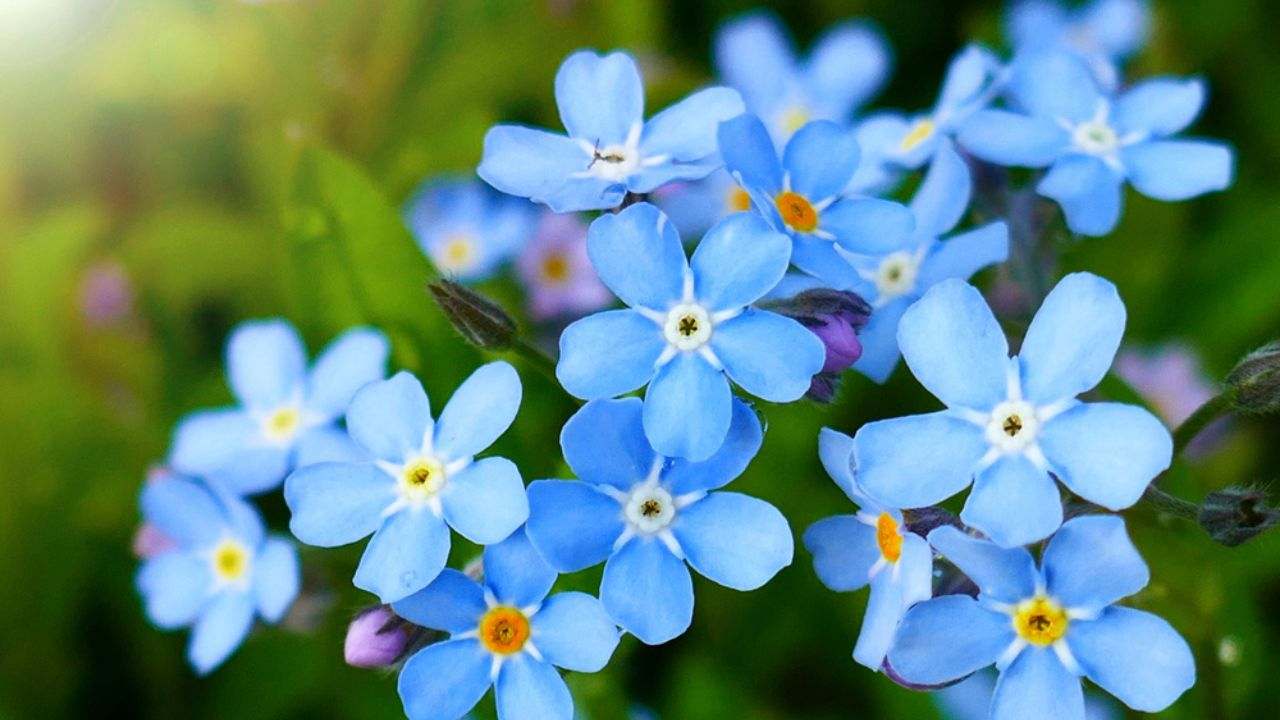
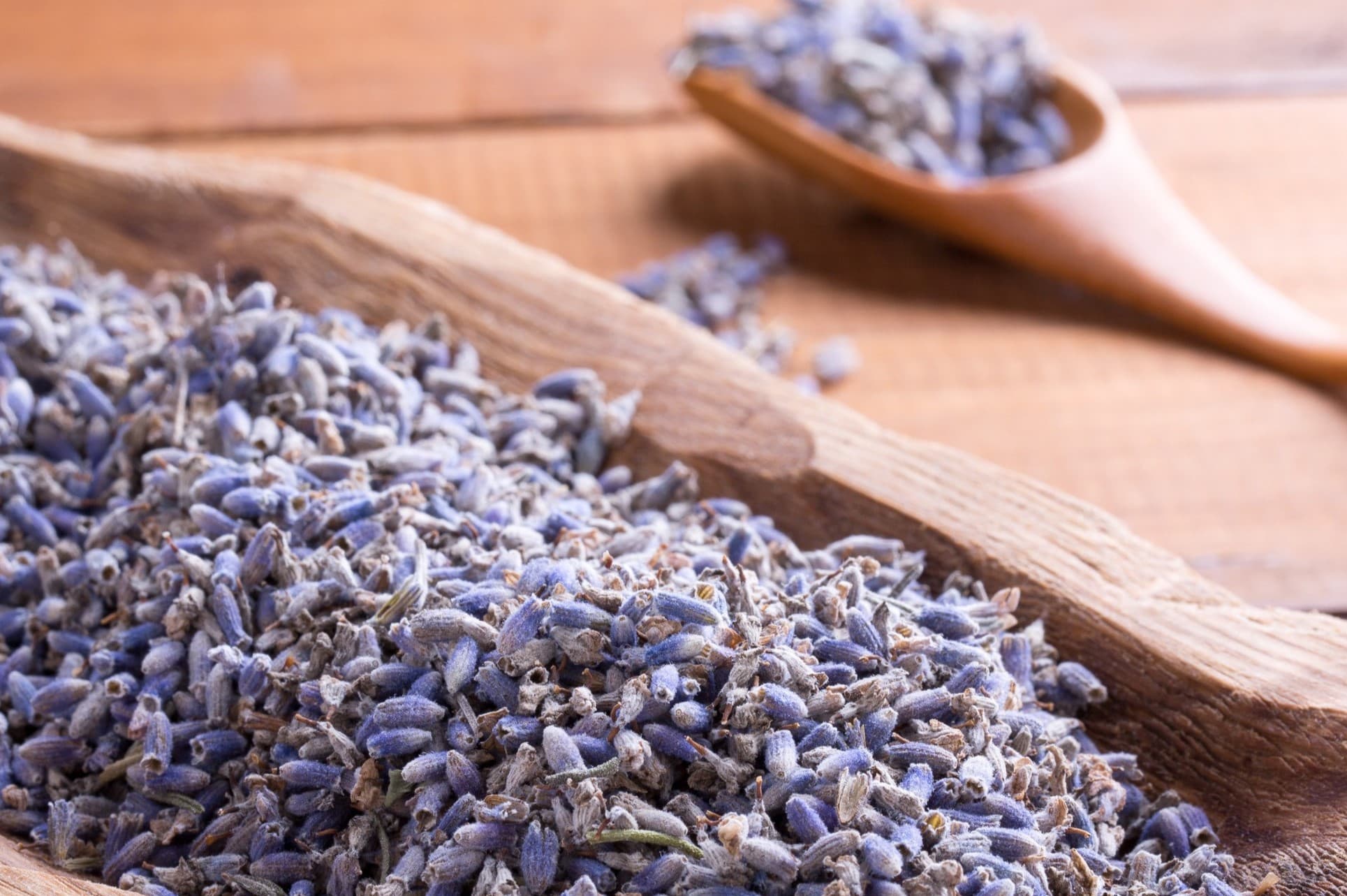
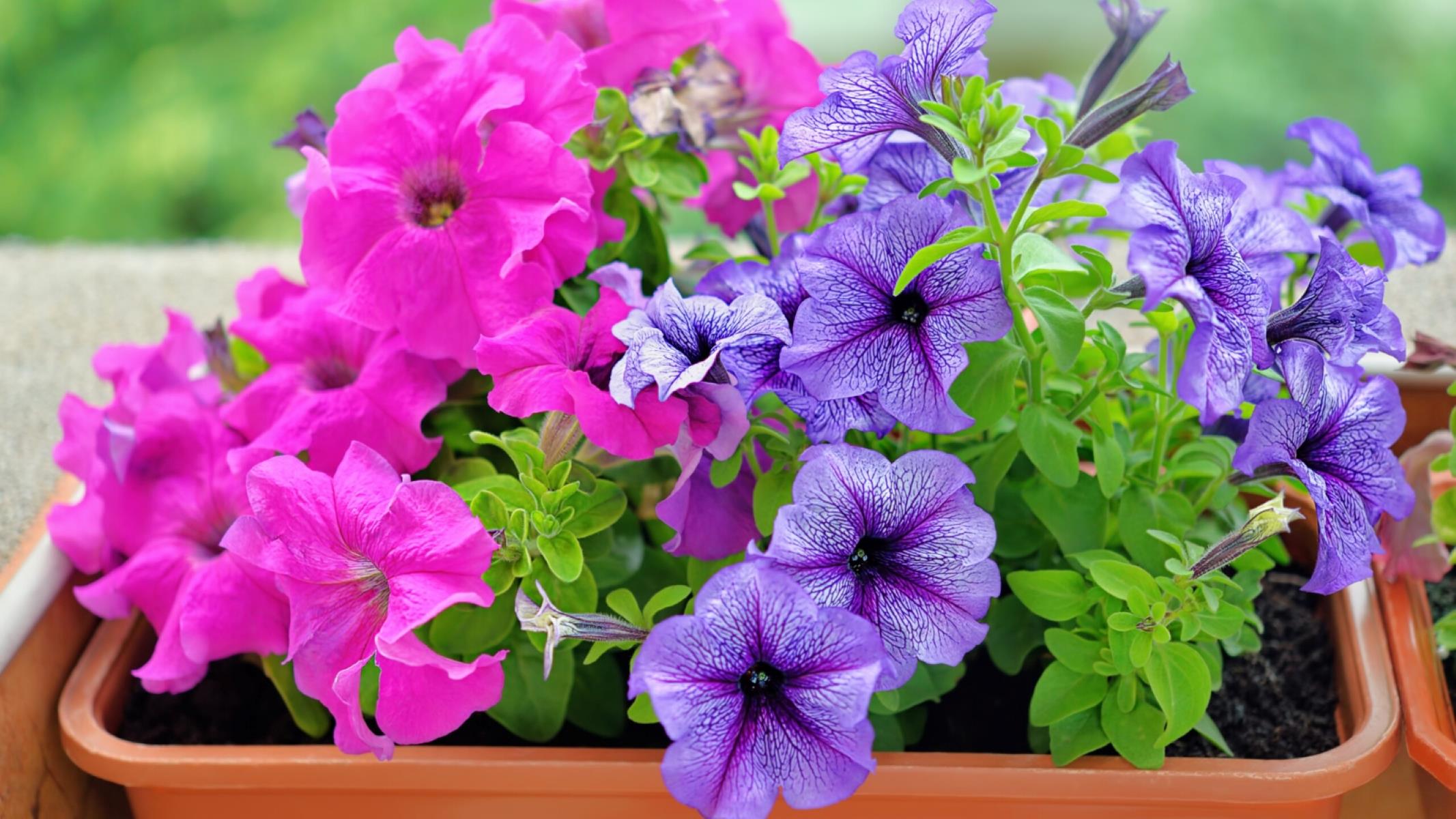

0 thoughts on “How Deep To Plant Petunia Seeds”